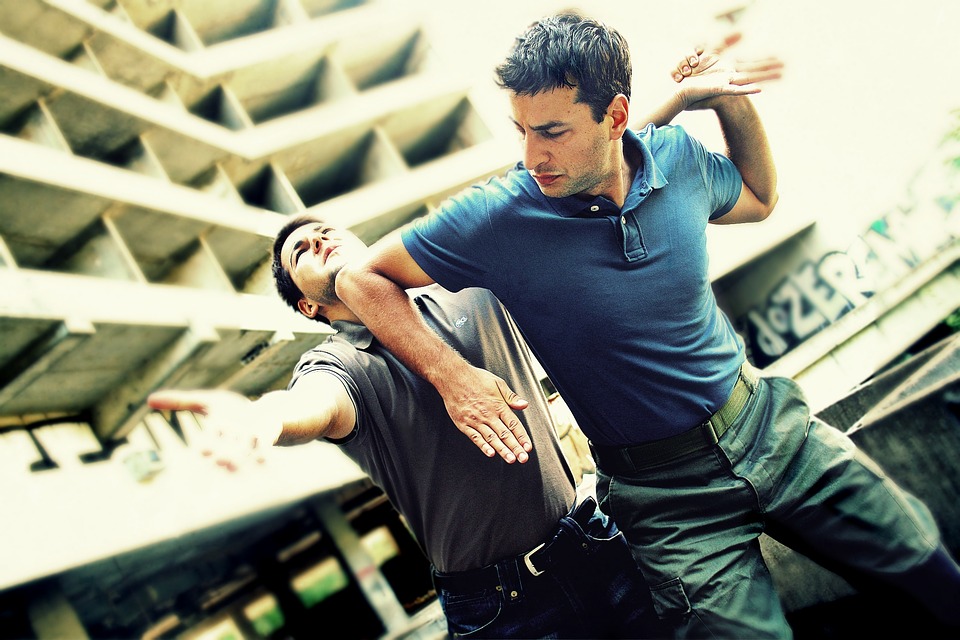- Home
- Krav Maga Blog
- Krav Instructors
- Train in Israel
- Tour Train Israel
- Krav Shop
- DVD
- Kickboxing
- IKI Near Me
- Seminars
- IKI Membership
- On-Line Training
- Krav Maga Training
- Testimonials
- History Krav Maga
- Instructors Page
- Past Blogs
- Spanish
- Italian
- Certification
- Contact
- Holland Seminar
- Vienna Seminar
- Poland Seminar
- Italy Seminar
- Belt Requirements
Can Krav Maga training improve your rugby performance
Guest blog by
Maria Drozdova
January 23, 2018

Can Krav Maga training improve your rugby performance?
Last year, there were discussions as to whether weekly ballet classes could help improve the posture and strength of rugby players. Wigan Warriors’ under-19 youth team were required to participate in the sessions, not in an attempt to improve their core strength but reduce the risk of future injuries to their knees and ankles; many of which can prove to be career-ending. The Warriors’ youngsters enjoyed the sessions and said that they felt the benefit of the training in their core strength. This confirmed that alternative fitness training can have a positive effect on professional sports players.
For those who find pushing weights or using treadmills boring as a means of reaching peak physical fitness for the rugby season, Krav Maga’s challenging and varied 90-minute workout sessions always keep things fresh and improve your all-around fitness and well-being as a result. Although our amateur rugby-playing readers can forget about Krav Maga being your ticket to being selected for the next England squad with the Six Nations fixtures just around the corner in February, it will help you get through games easier and recover quicker for the next game.
Developed in the aftermath of World War II by the Israeli defense forces, Krav Maga promotes the strength and speed of the human body in real-life environments. Unlike other martial arts training regimes, Krav Maga traditionally equips an individual to be able to employ the skills and attitudes learned on the street — or on the rugby pitch. The qualities one needs to train successfully in Krav Maga includes mental discipline and control of aggression, the ability to learn to deal with pain and physical flexibility.
For Krav Maga self-defense training, people are taught to use the body’s natural weapons — such as the legs, elbows, fist and head — with efficiency in close-quarter combat. As rugby players, you are also required to use your body with maximum efficiency to protect or attack the try line. Krav Maga’s self-defense training is centered on avoiding risk and being nimble and alert enough to sidestep potential flashpoints. This type of training method should be beneficial for wings that require the speed and agility to get beyond their tackler and finish off moves to score tries.
Nevertheless, Krav Maga can benefit those in front and back row positions, too, as the training sessions are designed to provide an all-over body workout. From high-intensity cardiovascular training, which can help improve your stamina to get through games, to strength and conditioning work, which will enable you to improve the defensive side to your game, Krav Maga helps you to think on your feet when the adrenaline is pumping. Stress drills will improve the speed of your natural reactions and the awareness and discipline that’s essential on a rugby pitch. Unlike karate, judo or even mixed martial arts (MMA), Krav Maga is not a sport. It’s a way of life. Consequently, training sessions are designed to be fun, educational and physically beneficial. While aerobic classes choreographed to music might work for some sports, rugby requires 15 warriors to enter the field and compete from the first whistle to the last. What better physical training regime to adopt than one designed for soldiers?